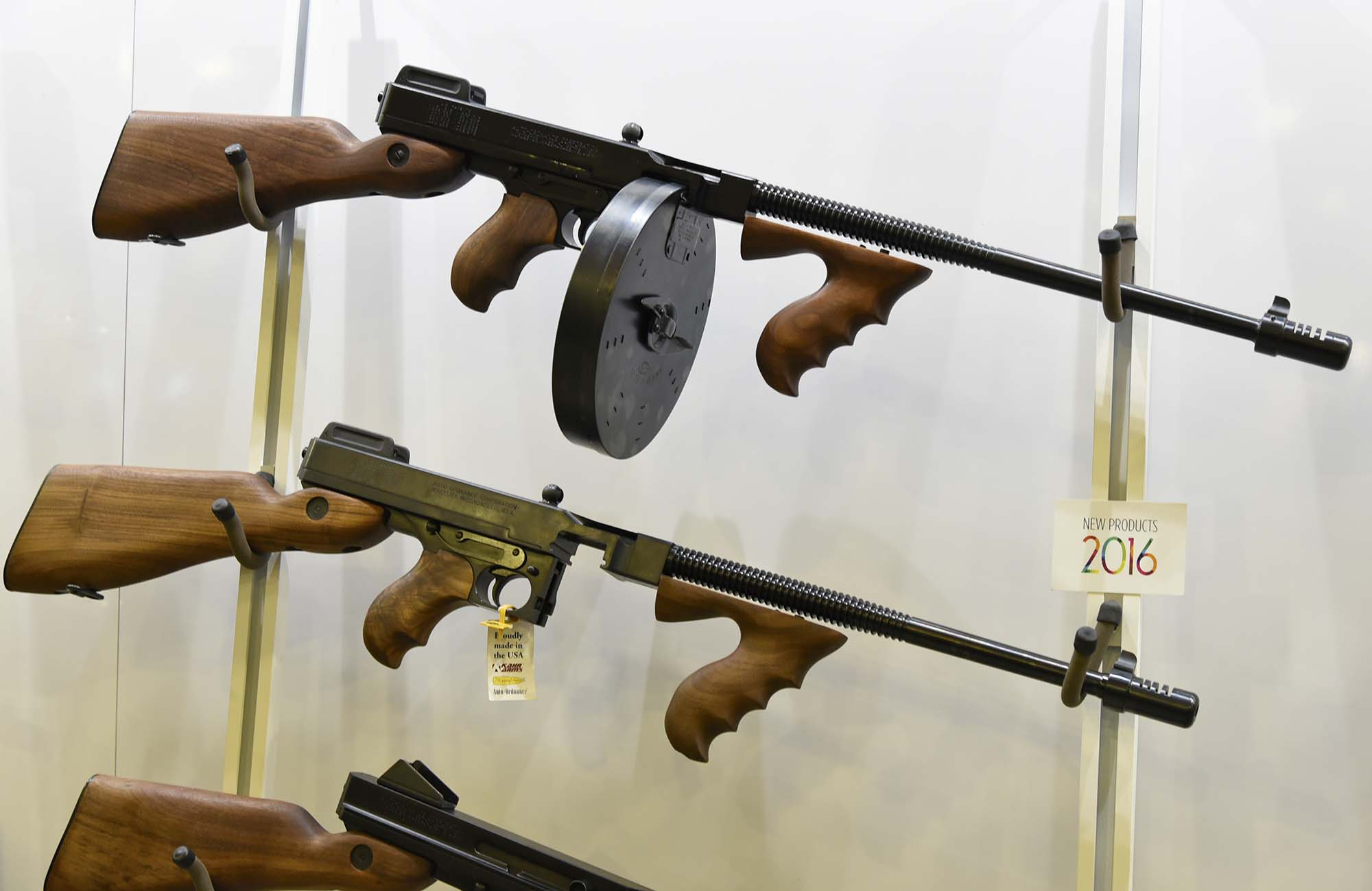
With a few exceptions, Auto-Ordnance only began attempting to market their weapons later in 1920, to the Polish and anti-Bolshevik forces at war at the time, but intense hostilities will interrupt these plans. The SMGs appear in various configurations, with different attachments, and some lacking sights and buttstocks.Ĭontrary to popular myth, the "Annihilators" were never intended to be shipped to WWI-time Europe, because there was only one example of the Annihilator in 1918, and was still testing its magazine feed system at the time. The earliest Annihilator I needed an adaptor to use straight magazines. The earliest M1919 Thompsons (after the "Persuader" prototype) are also known as "Annihilators". Around 40 prototypes were believed to have been made, and only 11 exist today.

The M1919 is a family of various Thompson submachine gun prototypes, all slightly different from each other.
Auto ordnance tommy gun buds serial number#
M1919 Thompson serial number 17 as it appears in early sales literature, with 50-round drum magazine (20-round box and 100-round drum beside). The Thompson submachine gun, or "Tommy Gun", has appeared in the following films, television series, anime, and video games used by the following actors: However, if the rate of fire seems fast or the gun is obviously a high polished blued finish, then the weapon should go into the M1921 Category, not the M1928. Since sound effects are so often 'foleyed' after the fact and since sound engineers can place the wrong sound effect for a gun, one can never be 100% sure of the fire rate of a weapon. The M1928 has a more matte blued finish (or a black paint finish) and it has a much slower rate of fire (like an M3 Grease Gun). The M1921 has a very fine high blued polish finish and has a very fast rate of fire (faster than an Uzi but slower than a MAC-10). Note: The M1921 Thompson and the M1928 Thompson are nearly identical from a distance. The Thompson's infamy instead stems from a few high-profile users such as John Dillinger, George "Machine Gun" Kelly and especially Al Capone. The Thompson is inescapably associated with gangsters during America's prohibition era as "the gun that made the twenties roar," though this is largely a media myth: the gun was far too expensive for an average thug (costing $200 with a single 20-round magazine, equivalent to about $2,800 in modern money) as well as heavy and hard to conceal, and the most common weapons for such criminals were revolvers or sawed-off shotguns. This became the M1921 and was marketed as a "submachine gun:" while not the first weapon of the type, it was the first to actually use the name. A pattern gun with no stock or sights was presented to Colt later on in 1919 to be redesigned for production. The earliest design from 1917 was a bizarre belt-fed weapon called the "Persuader." This morphed into the magazine-fed "Annihilator" in 1918-1919, which boasted a staggering fire rate of up to 1,500 RPM, rendering the weapon virtually uncontrollable in fullauto. 45 ACP pistol round, Thompson changed his goal to a "one-man, hand-held machine gun," imagining it being used as a "trench broom." However, since the only cartridge in US military service that would work with the Blish action was the.

Initially envisioning an "auto rifle" to replace bolt-action rifles in American service while using an operating system less expensive than recoil or gas, Thompson acquired a patent issued to John Bell Blish for what turned out to be a friction-delayed blowback action. The legendary Thompson Submachine Gun is an American SMG developed in the late 1910s by General John T Thompson. Ammunition was supplied from an attached box. Belt-fed Thompson "Persuader" prototype.


 0 kommentar(er)
0 kommentar(er)
